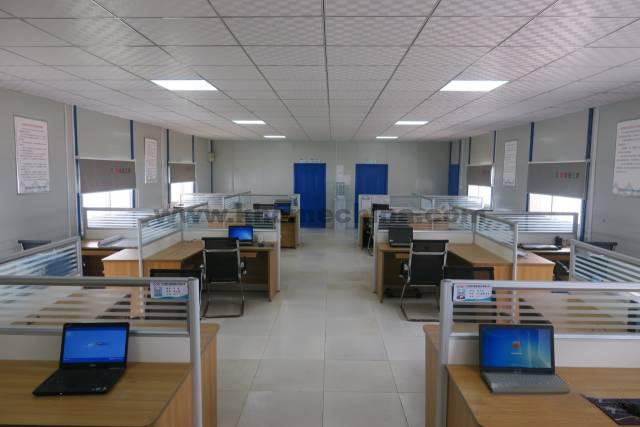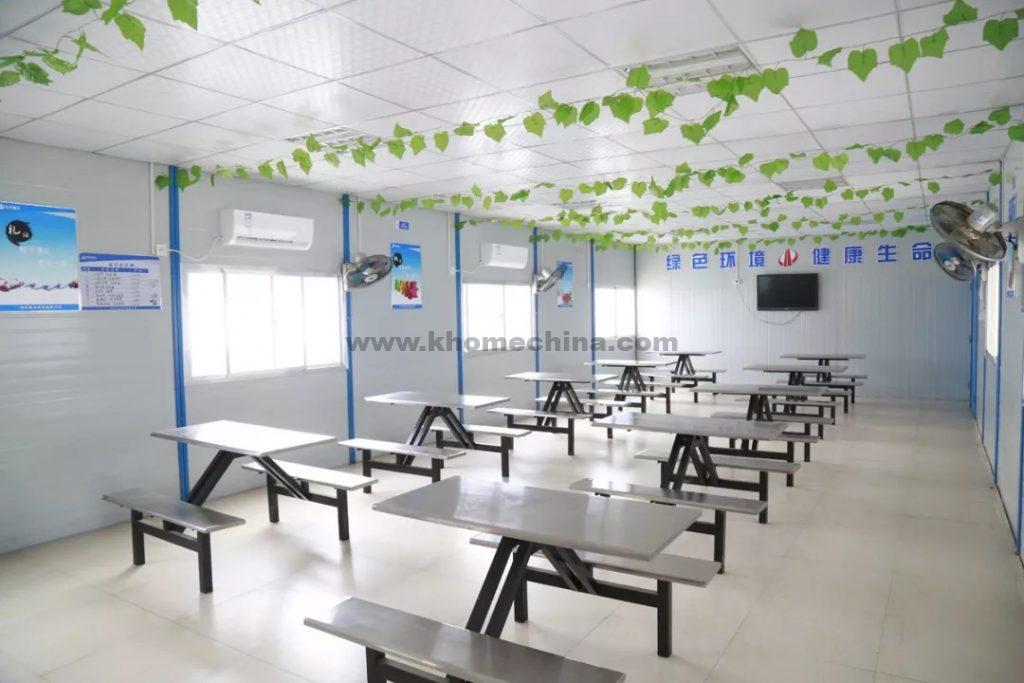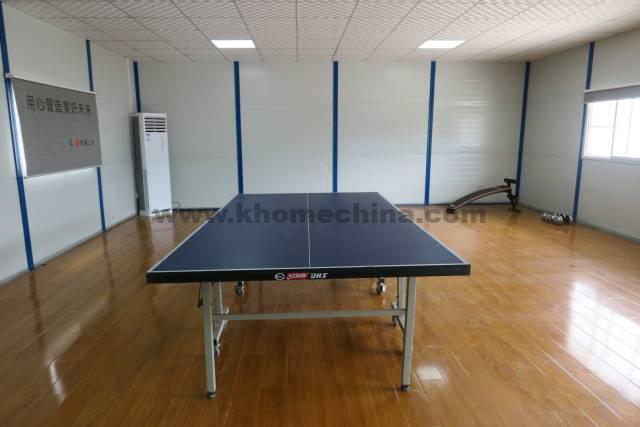Prefabricated Houses in South Africa
With a population of more than 1.3 billion by the end of 2020, the two most obvious problems facing Africa’s surging population are housing and jobs.
Among them, railway, highway, port, construction, and other urbanization construction needs to meet the work needs.
When constructing these buildings, the living and dining environment of the workers must be considered.
Our prefabricated houses can help solve this problem for people in Africa.

Prefabricated Houses Market Situation in Africa
The backward technology of the African’s own building materials industry is destined to rely on imports for most of its building materials, but the high prices of imported building materials from Europe and the United States discourage the African public.
Relatively speaking, China’s building materials products, production equipment, and construction machinery meet the needs of African people in terms of product varieties, qualities and prices.
The African building materials market has great business opportunities. Although many African countries develop their own construction and manufacturing industries by importing and exporting processing machinery and importing processing technology, in the short term, they cannot meet their needs due to insufficient foundation and technical constraints. Therefore, for Chinese building materials manufacturers, Africa is a market with huge potential and ideal benefits.
So how do local businesses purchase products?
- Commodity source:
Most businesses import goods from China, and most of their products are made in China。 - Frequency of imported products:
Quarterly or half-yearly. - Product and Quality Issues:
Not only need low-priced products, more and more customers are beginning to pay attention to the quality and performance of the products.
Affirmative of the diversity of products, because in Africa, many countries have very few factories in their own countries that can produce these products.
It is believed that with the entry of more Chinese companies and the development of China’s “One Belt One Road”, the overall economic strength of Africa will be greatly improved, and it will also seek development directions for more Chinese companies that are interested in taking the path of “going out”.
The future is an era of economic globalization, as well as an era of logistics globalization!
How Much Does Prefabricated Houses Prices in South Africa?
If you are the project owner, besides the price of the product, you also need to consider the shipping cost, the cost of the cement foundation, and the installation wages of the workers.
The Advantages of A Prefab House
- The steel frame structure system is safe and reliable, and meets the requirements of building structure design specifications.
- Only simple tools are needed for house installation. The house can be disassembled and assembled many times.
- The whole house is beautiful and generous. The walls and roof are made of sandwich panels. The panels are bright in color, soft in texture, and flat.
They are very harmonious with the steel frame of the house and have a good decorative effect. The house can be decorated very well. - Flexible layout: doors and windows can be placed at any position. Inside partitions can be arranged at will, and partitions can also be installed after the house is installed.
- Structural waterproof: The roof adopts structural waterproof design, without any additional waterproofing treatment.
- Light weight: The weight is about 55㎏/㎡, it is very convenient to install, stack, transport and keep the components.
- Long service life: all steel frame components are treated with anti-corrosion spraying. The service life of the house can be up to 10 years.
- Environmental protection: The house is designed reasonably, can be disassembled and assembled many times, and the loss rate of disassembly and assembly is extremely low, and the disassembly and assembly does not produce construction waste.
- Diversified types: The houses use standardized components, and both length and width are based on K (1K=1820mm) as the modulus.
Different Types of Prefab Modular Homes South Africa
There are two kinds of prefab homes: One is K-type prefab house, the other is T-type Prefab House
The differences between them:
- K-type prefab house is cheaper than T-type prefab house;
- The installation speed of K-type prefab house is 50% faster than the T-type prefab house.
- The T-type prefab house is more stable and strong than K-type prefab house.
- The K-type prefab house has standrad size, and the K-factor is the basic unit (K=1820mm) to from the length and width.
The size of T-type prefab house is not fixed and can be customized. - The biggest difference between them is whether the steel frame is visible.
The K-type prefab house has an external steel frame.
K-Type Prefab House
T-Type Prefab House
SEND A MESSAGE


























